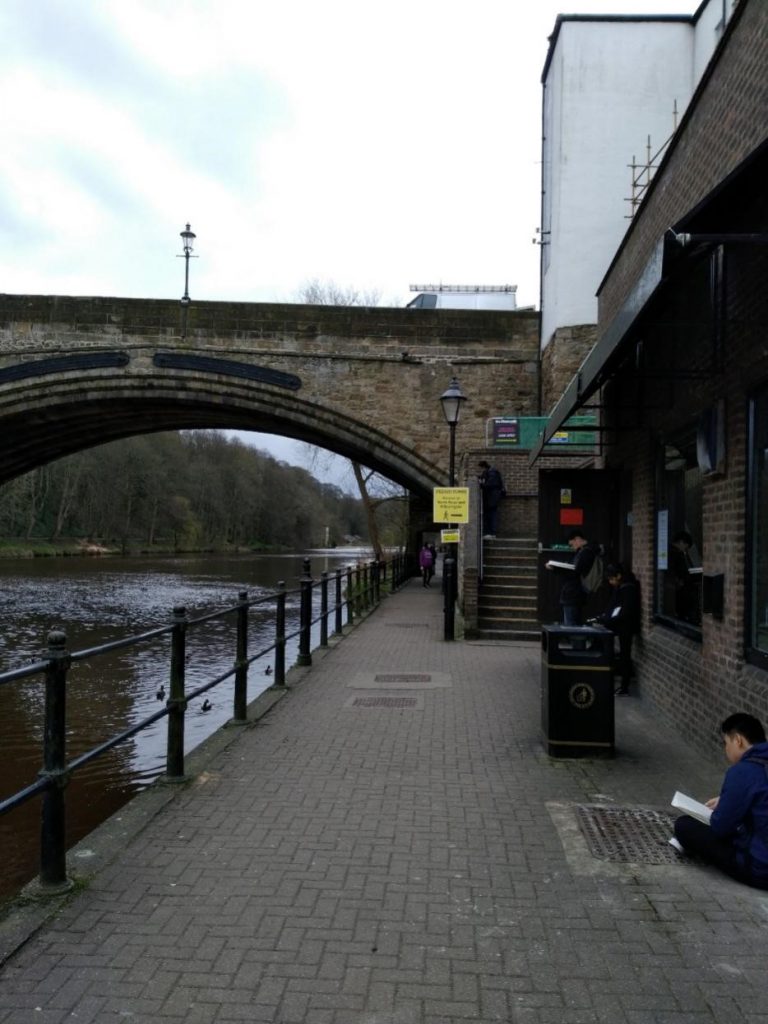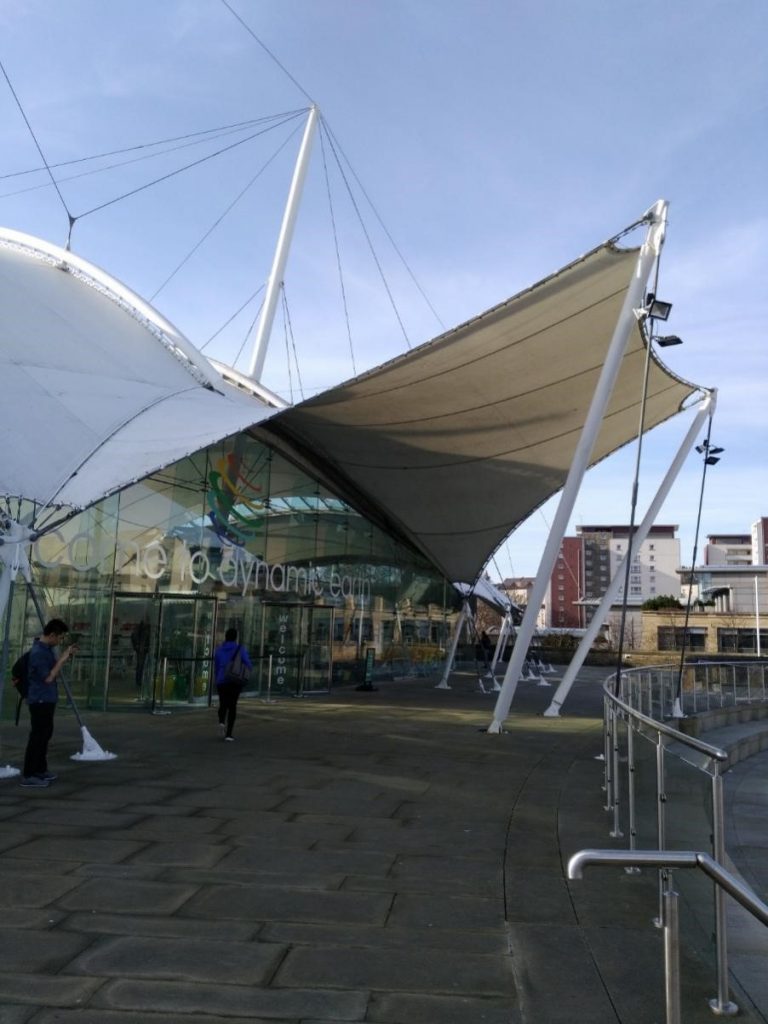Li Yuan, a postgraduate student studying an MSc in Structural Engineering, writes about some of the field trips she has been involved with so far.
During the second semester of my MSc in Structural Engineering, we have had several study field visits in the month of March. The first was the study tour to Durham city. The city is a very attractive tourist attraction in the North East, with the River Wear looping around the Romanesque Durham Cathedral and Norman Durham Castle. The aim of the trip was to inspect the bridges along the River Wear in the heart of the city.
The first bridge we visited was the Framwellgate Bridge. As the oldest bridge in the city, Framwellgate Bridge is over loomed by Durham Cathedral. The bridge was constructed in 1127 by Bishop Flambard as a well-protected entry point into the city. For centuries, the three-span stone arch bridge carries the traffic flow into the city, it was doubled in width in 1859. Thanks to the rocky foundations, the bridge arches are sound and stable and is still servicing to the traffic above it. The ancient construction may seem simple and not fancy as the model bridges, however, the stone arches are the most durable and long lasting bridge construction in comparison to the model bridge designs.
Our second study trip was to Edinburgh city. As the capital city of Scotland, Edinburgh is a steeped in history, from its world famous clifftop castle to the Royal Mile, every brick in the city has its own story to tell. However, this trip we focused on the modern side of the city’s architecture. We visited the Dynamic Earth, located on the exact spot where James Hutton (the father of modern geology) lived and worked in the 18th century. The centre comprises of a fabric roof and its support structure that was constructed on the exhibition gallery under it. A hemispherical dome illustrated the membrane structure and its support structure working principle.



